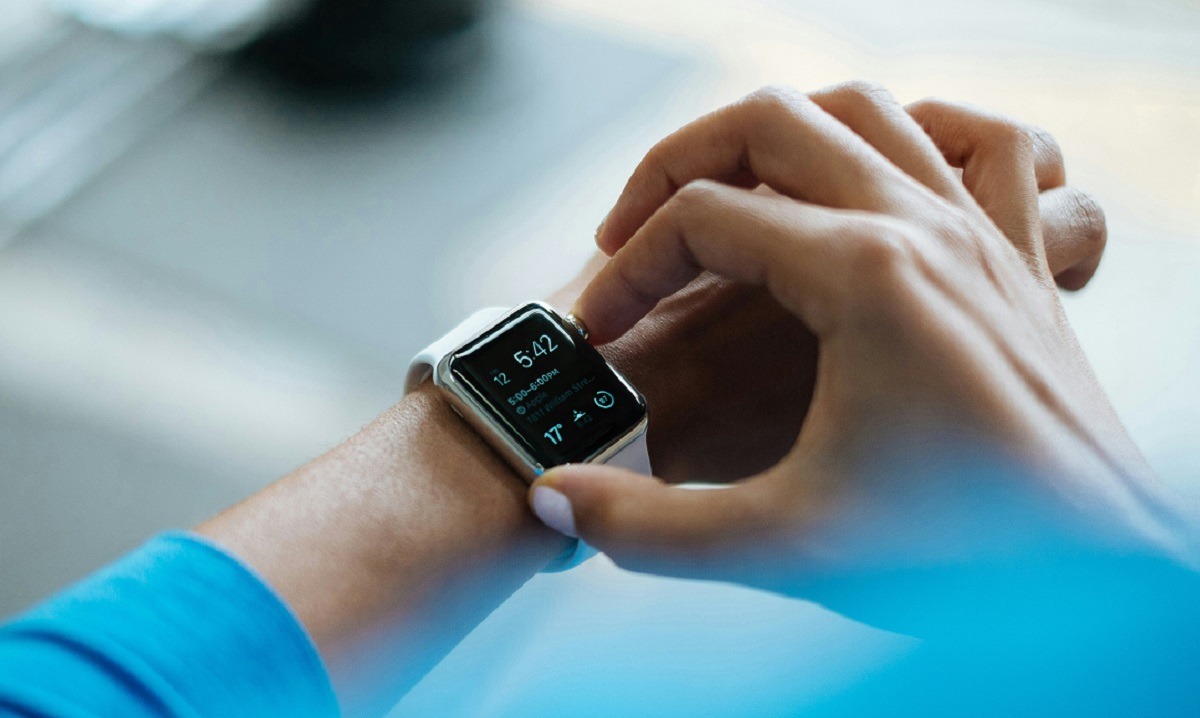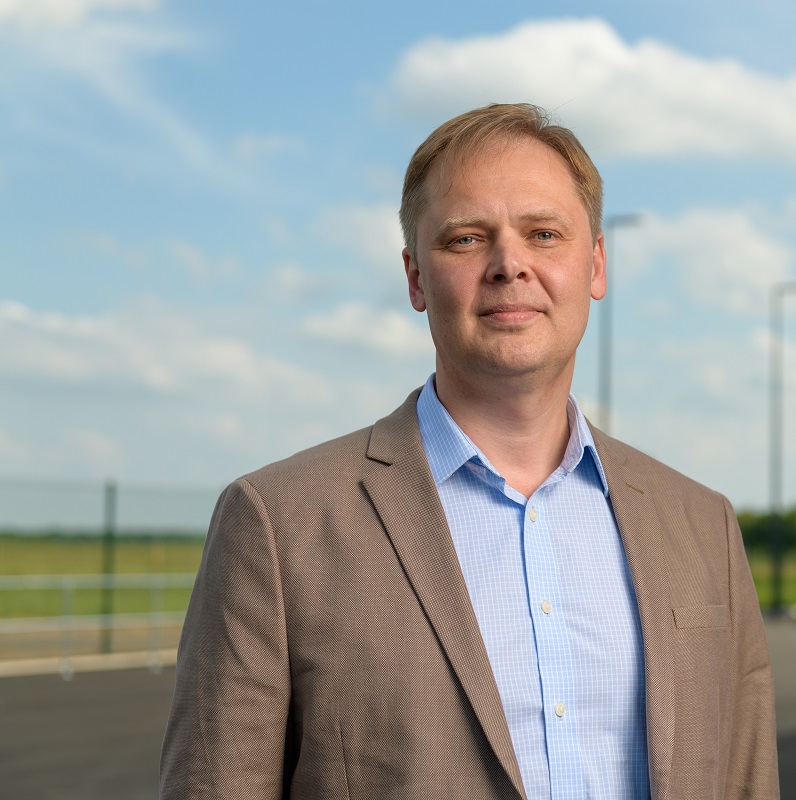How we’re helping the UK take back control of time
10/05/2024

Our lives run on the supply of an invisible utility: accurate time. Starting with the morning alarm on our smartphone, it’s the basis of the everyday information we rely on for travel schedules, journey updates and location information, where a lack of synchronisation leads to disruption and a steady accumulation of problems. And it’s there in the background, an integral element in the running of the UK’s national infrastructure: communications, energy, banking and emergency services. That time information has to come from somewhere — and it has to be right.
Guaranteed time information is crucial
The government’s Blackett review, Satellite-derived Time and Position: A Study of Critical Dependencies (2018), set out the problems now being faced. The UK, like much of the world, relies on open services for time information: a network of satellites known as the global navigation satellite systems (GNSS). These services are known to be vulnerable in many ways. There are regular GNSS failures because of signals being jammed (intentionally and unintentionally) and spoofed; when there are satellite and receiver system errors, cybersecurity issues, and when there’s the wrong kind of solar weather. Mountains, buildings and trees have been found to degrade or affect the quality of GNSS signals.
The standard engineering solution for obtaining time information, embedded everywhere, GNSS is estimated to directly support 13.4% of the UK economy. Outages in terms of time information contribute to a cost of more than £1 billion a day. Creating a resilient system independent of GNSS for sharing reliable time information is critical for now — and even more so for the future. None of the expected and planned innovations around 5G and 6G, such as smart cities and autonomous transport, the Internet of Things and virtual healthcare, can happen without guarantees of time information.
The UK is ahead of the rest of Europe in its emphasis on time information: including the creation of the national Position, Navigation and Timing (PNT) Office and a ten-point resilient PNT framework to drive PNT policy, coordination, and delivery.
Building resilience and future capabilities
Cranfield is contributing to the research and development of a new, nationally distributed time infrastructure, that will provide the UK with its own sovereign capability to disseminate time data — establishing a basis of independence, resilience and trust (through traceability of information). We are one of three UK institutions hosting national Research and Innovation Timing Nodes (alongside Strathclyde and Surrey universities) with an atomic clock synchronised to the UK national time scale presented by the National Physical Laboratory (NPL), Coordinated Universal Time (UTC).
We’re working on the research project led by iQuila, with Quantum Dice as part of the National Timing Centre programme. Cranfield’s particular role has been in developing and refining the process for sending time information from the Timing Node wirelessly, and to end users who are either static or on the move. This involves making sure the information from the Node can be merged with other sources of time on-board, whatever the user platform might be (on the ground, or in the air); and critically, ensuring the time information available to the user is traceable, so the source of the information is known and guaranteed.
On 18 March 2024 we completed a demonstration of a software-defined network for disseminating time in a scalable and assured way, underpinned by a quantum security mechanism. The use of a software-defined network makes the proposed time dissemination solution faster and more flexible in terms of the physical connectivity and network functionality. In this way, there is a basis for the biggest, complex multiple systems operations, on the ground or aerial, such as dealing with fleets of autonomous vehicles in the air and on the ground. The demonstration confirmed that the proposed time infrastructure delivers the necessary standards of performance and resilience of the system in the absence of any supporting GNSS information.
Now we’re working on enhancements of the system, carrying out research into how levels of accuracy can be improved still further through other dissemination channels. The demonstrator system at the University has already attracted interest from the end users of the technology, OEM and regulatory authorities.
Categories & Tags:
Leave a comment on this post:
You might also like…
Creating and using constituent lists in Datastream
Whether you're analysing industry performance, or comparing company financials, Datastream is a powerful tool. One of its most useful features is the ability to work with constituent lists — collections of companies grouped by index, ...
Landing at Cranfield: First-term experiences and life beyond the classroom
Starting a postgraduate course can feel daunting, especially if you’re new to the aviation industry. In this blog series, Adit Shah shares his journey on the Air Transport Management MSc at Cranfield. From first-term ...
Accelerating ambition: How Amelie Rohan engineered her future at Cranfield
In the world of high-performance automotive engineering, the gap between being a “fan” and being a professional is measured in more than just miles. It is measured in technical precision, hands-on ...
Study better and smarter in 2026
Happy new year! Now is the perfect time to reflect on your studies so far, thinking about what you’re doing well and where you need to focus a bit more attention. Getting back into ‘study ...
Cleared for the future: Why aviation leaders must embrace environmental sustainability
Environmental sustainability is not a niche concern for aviation anymore, it’s central to how we think about the future of our industry. In my work as an Associate Professor of Airport Decarbonisation, I see first-hand ...
Preparing your work for Turnitin submission
Before submitting your work into Turnitin for similarity checking, if you have used referencing software then you may need to take some important steps first. Mendeley and Zotero integrate with MS Word by embedding field ...







